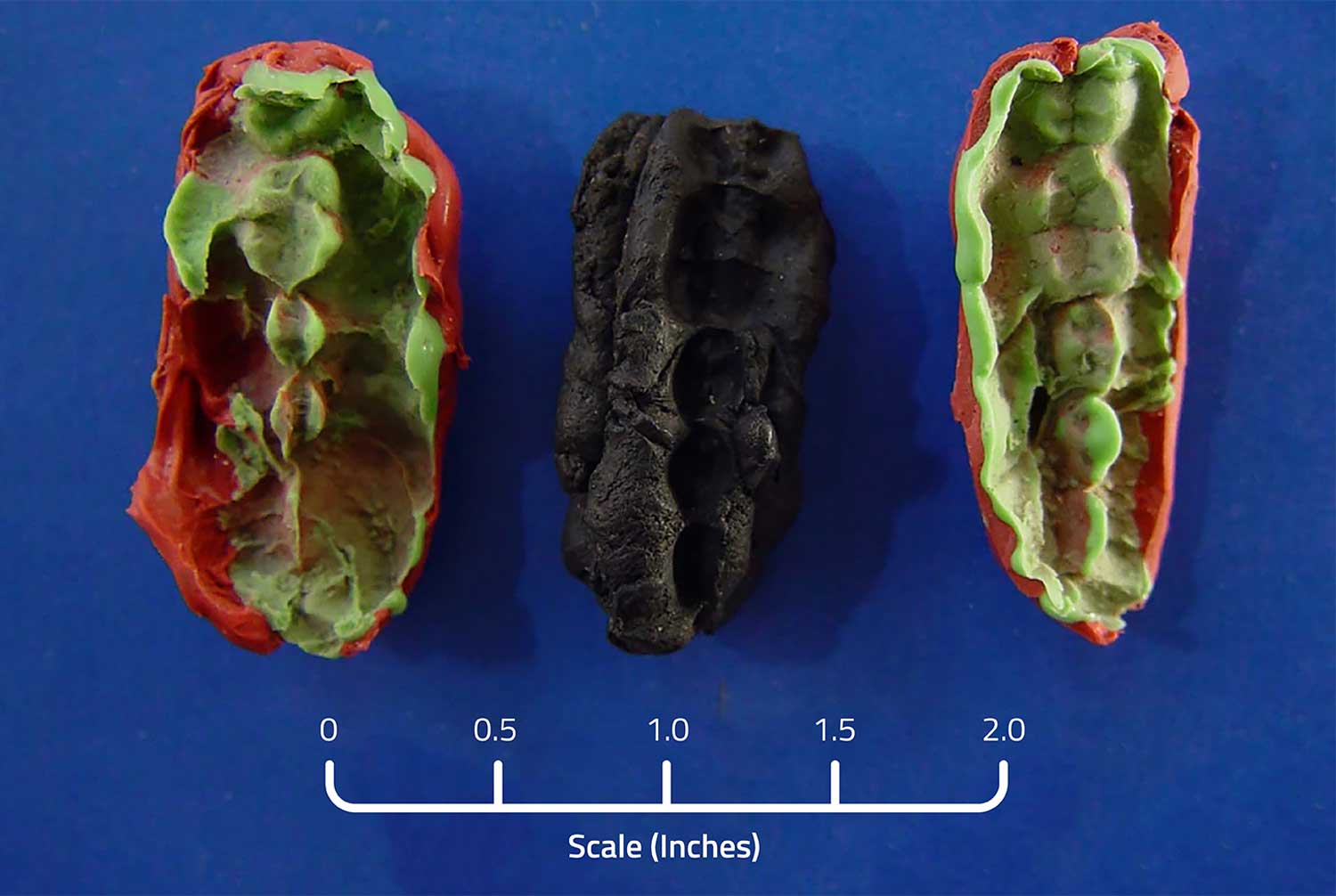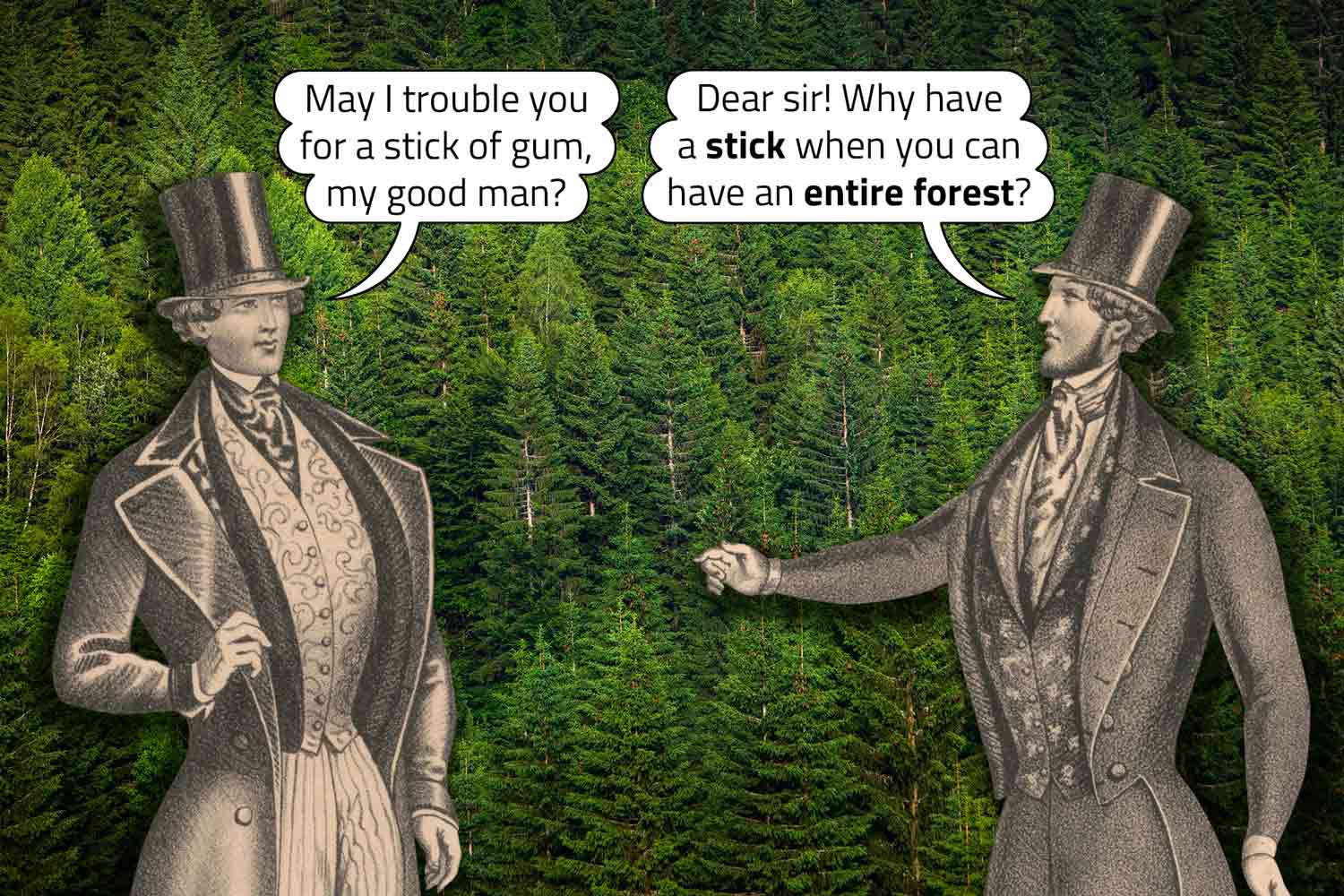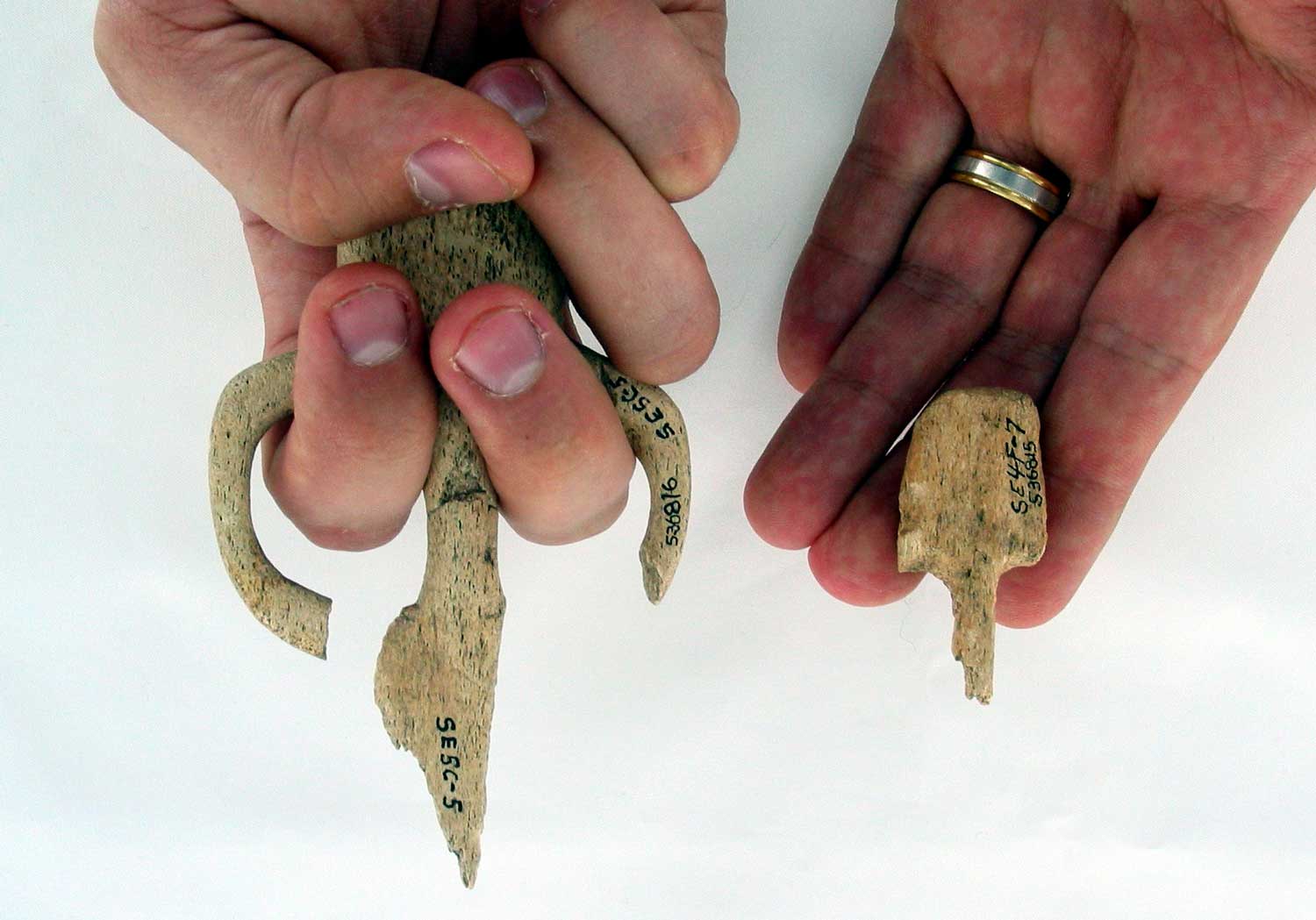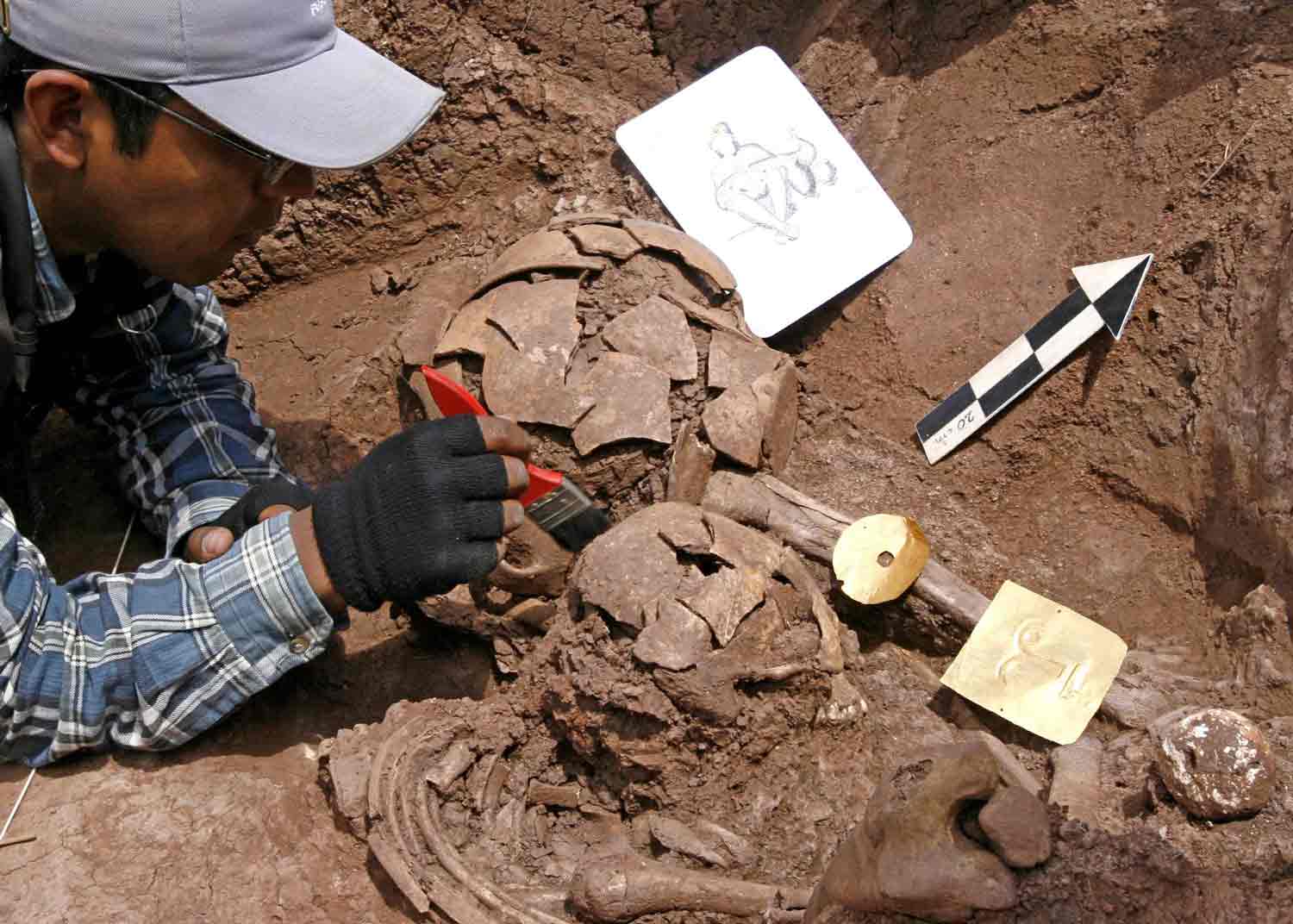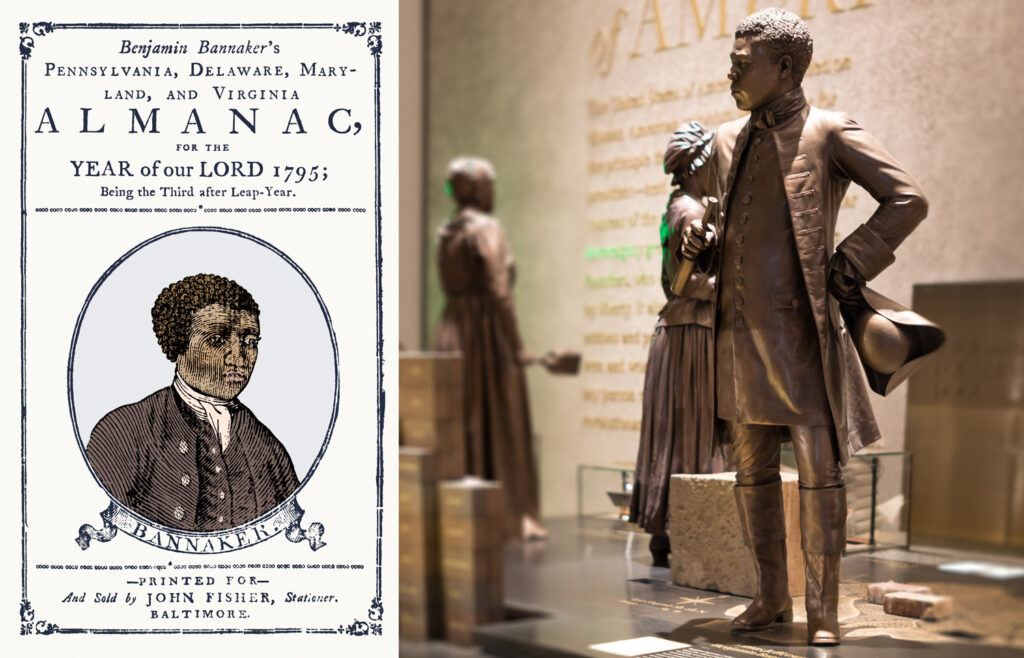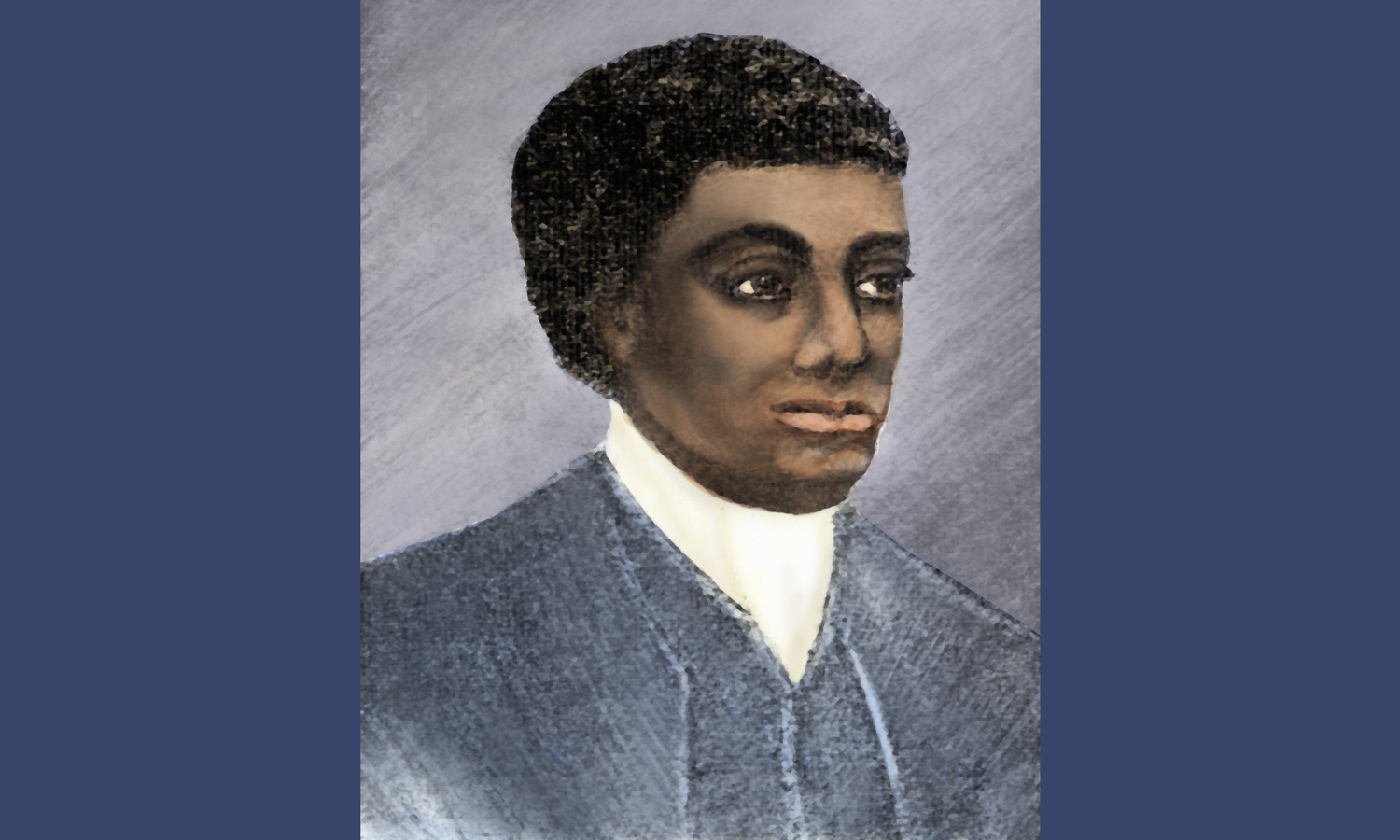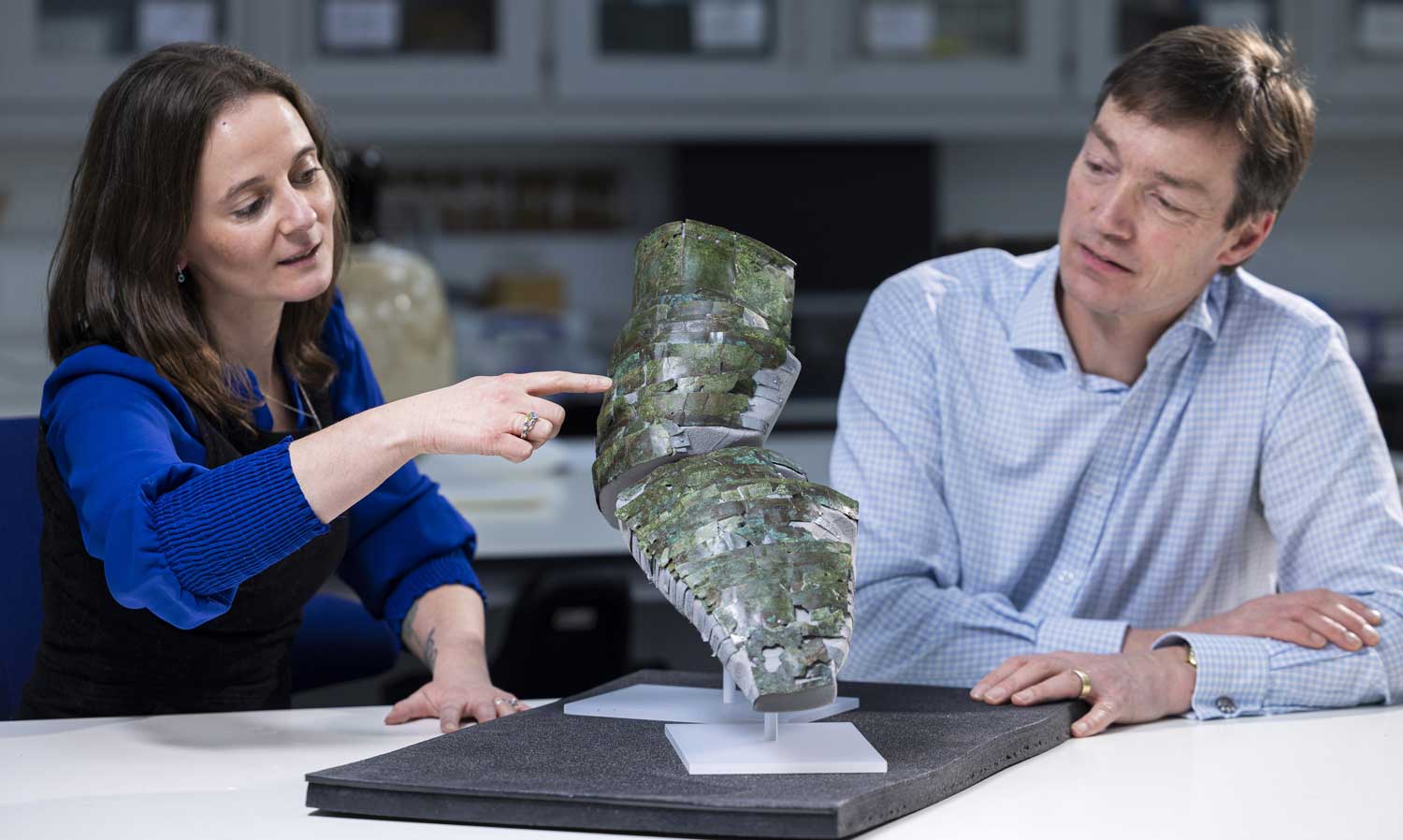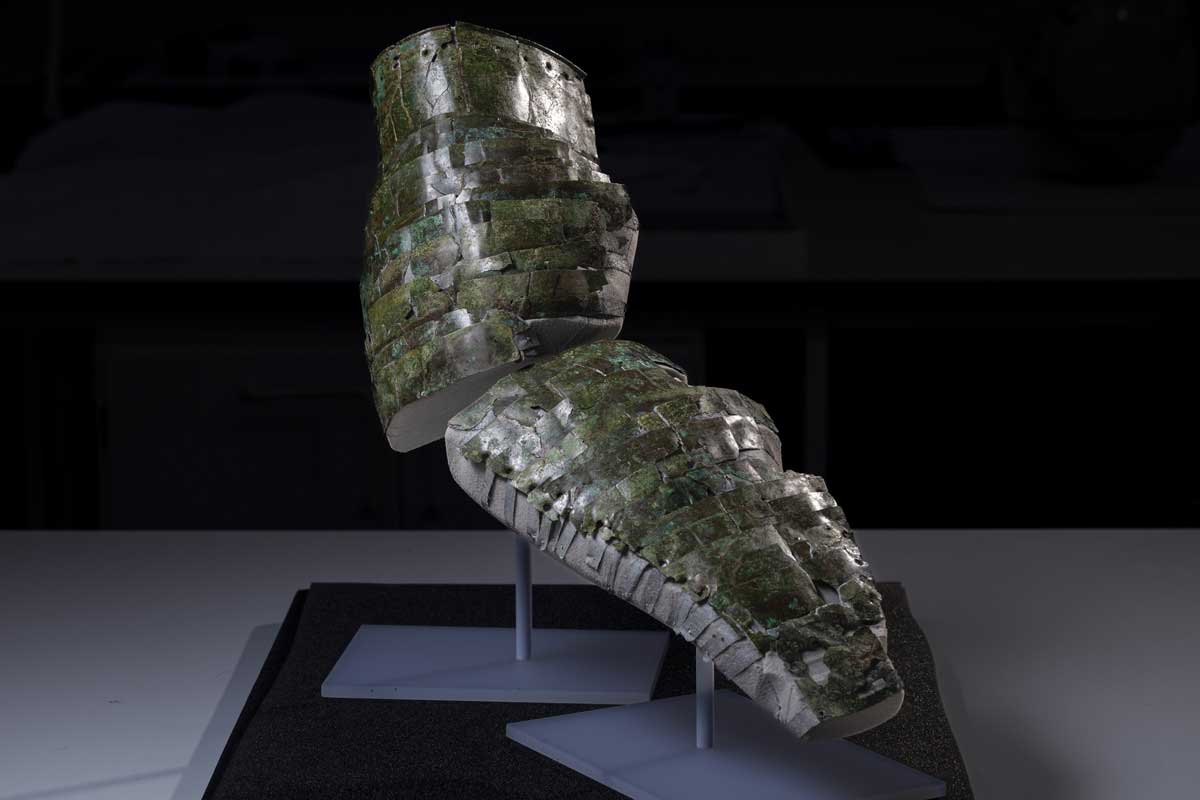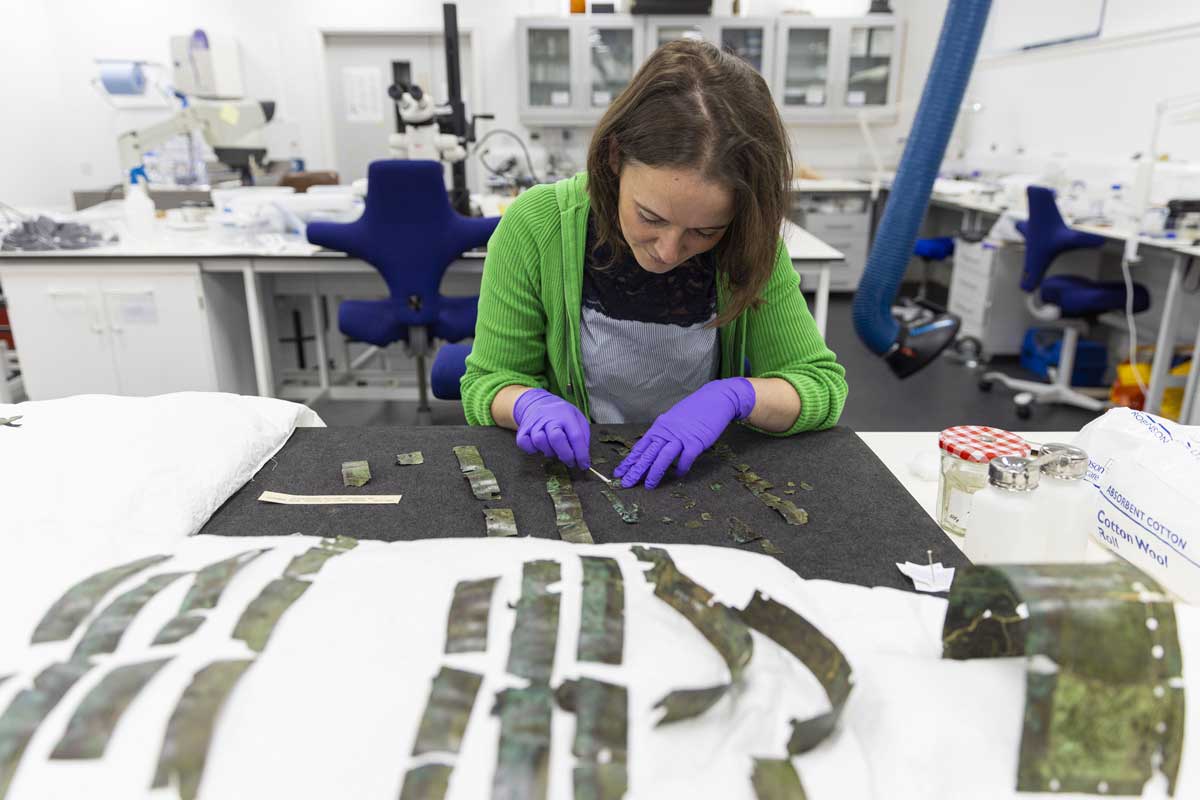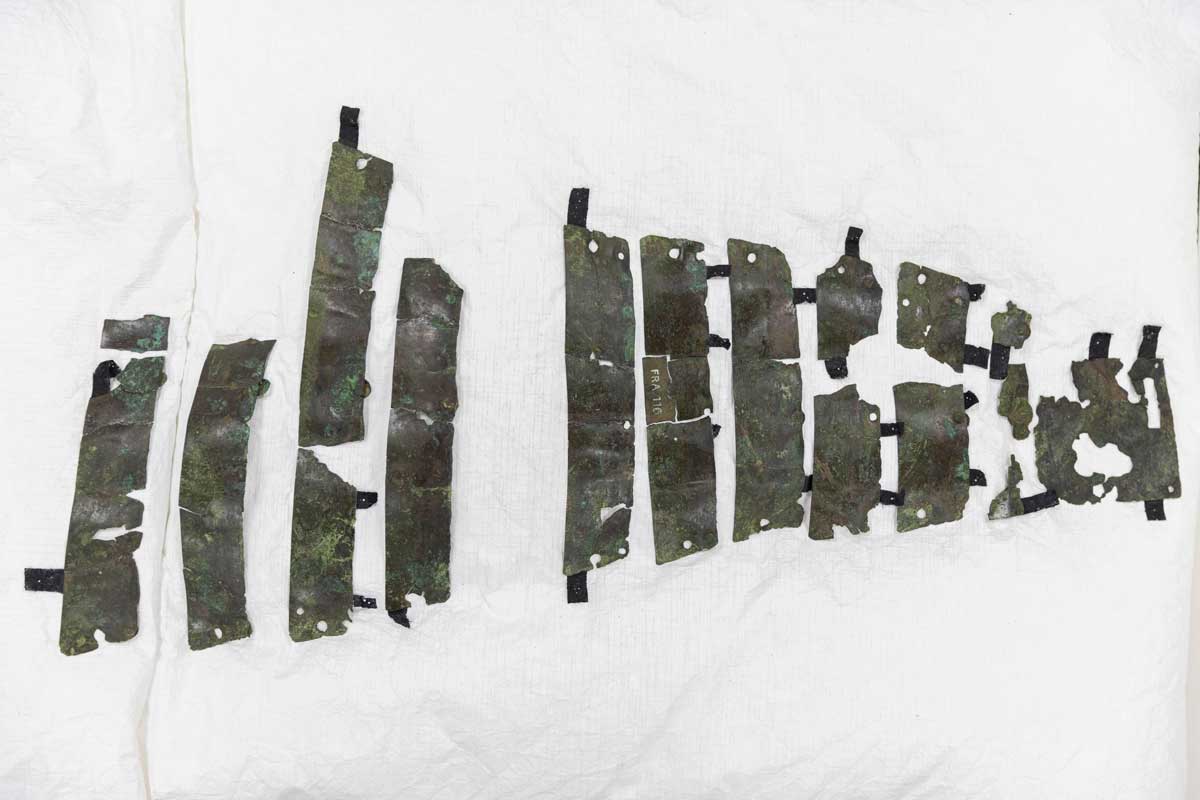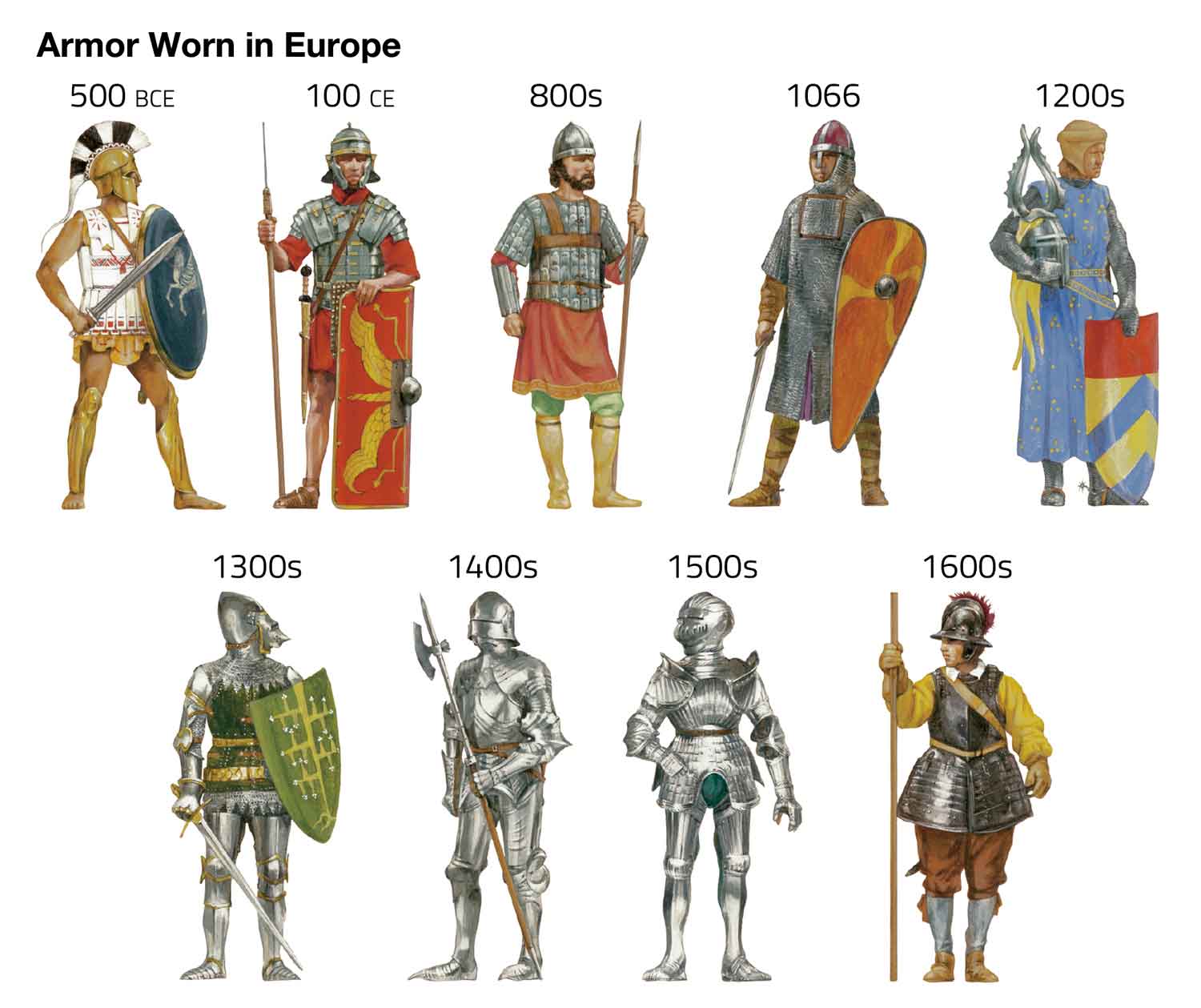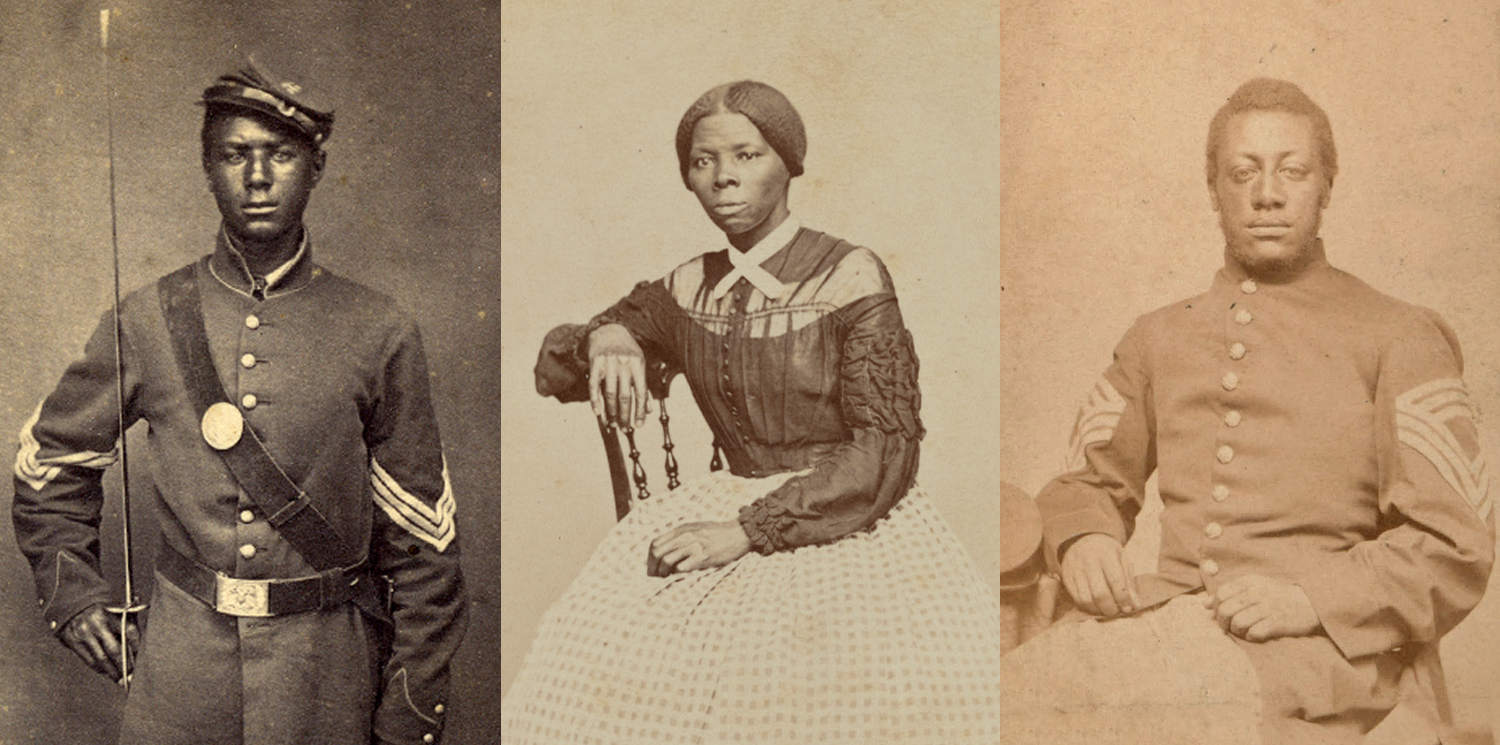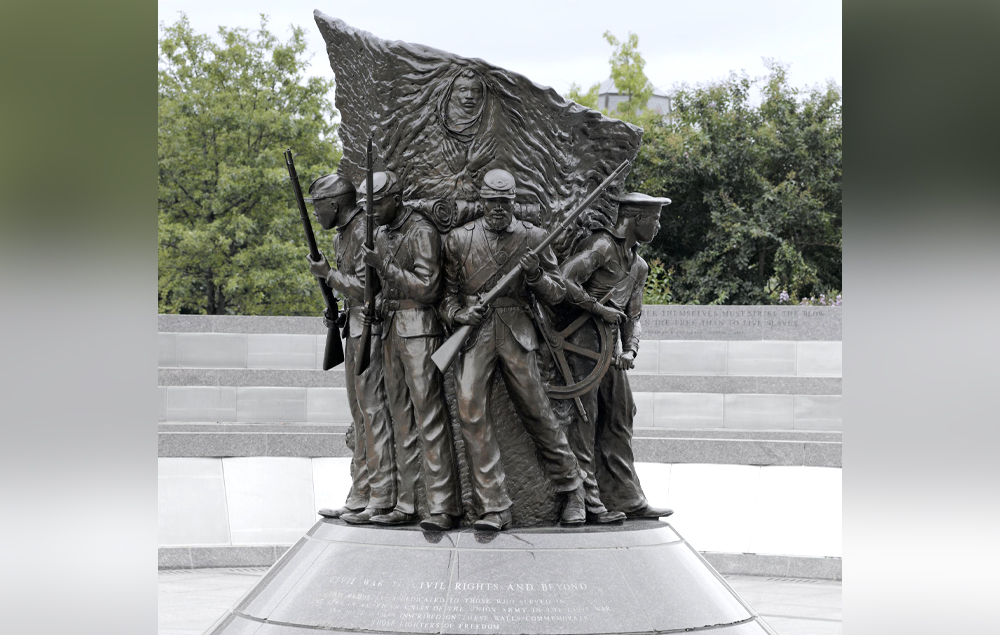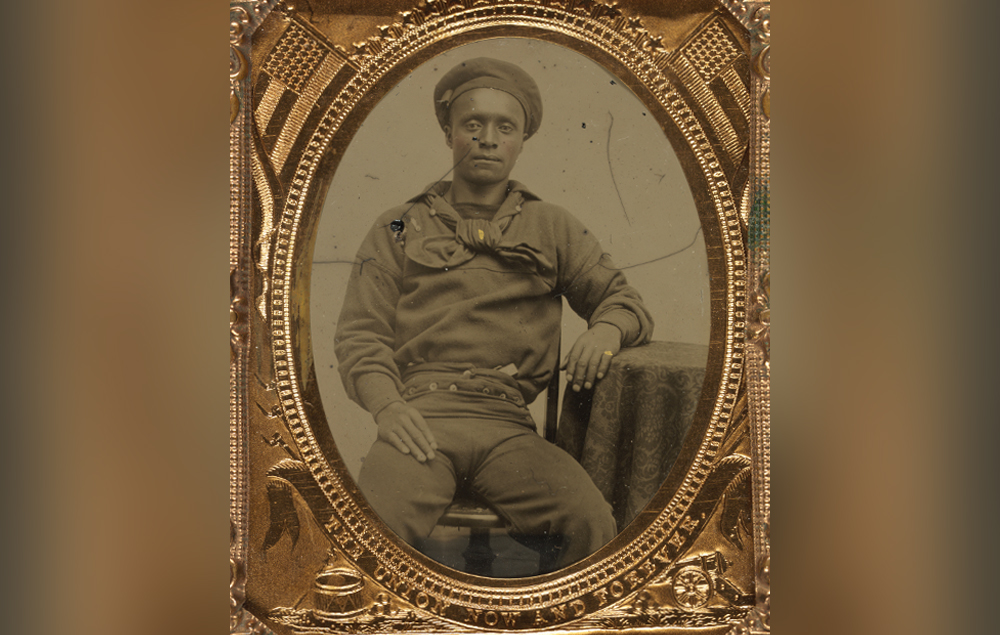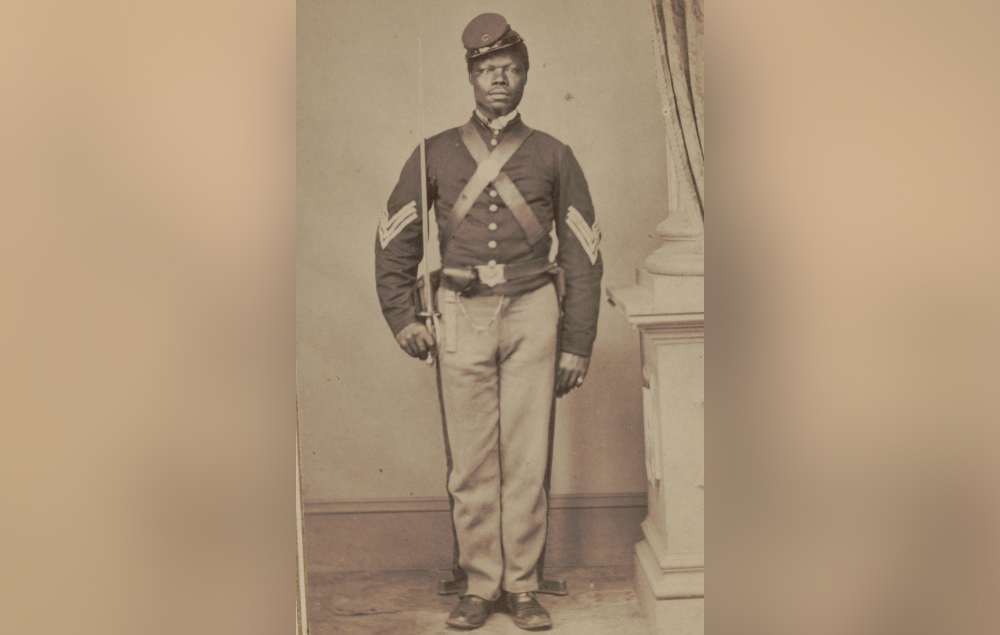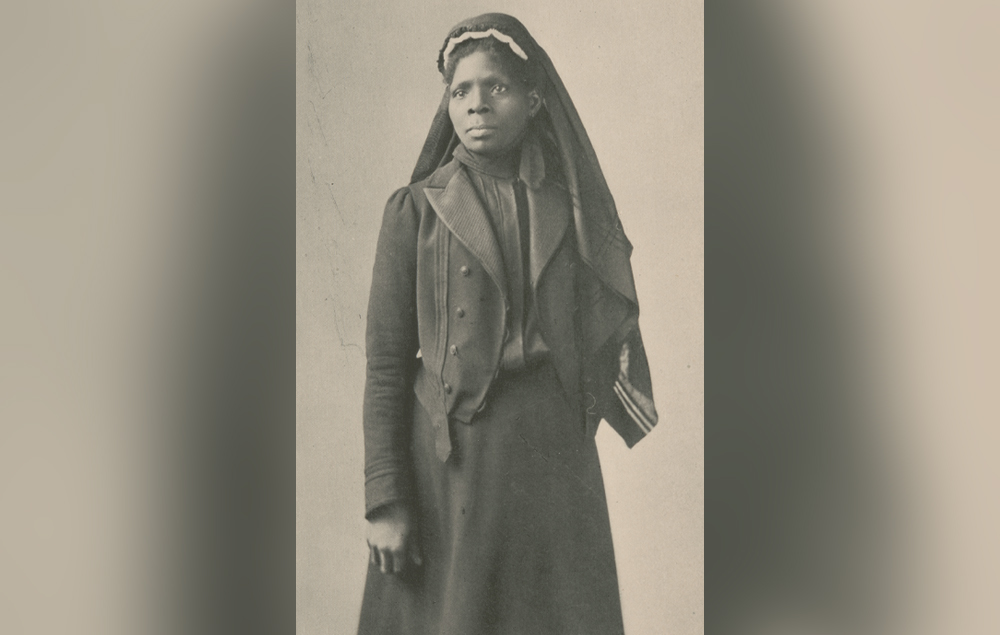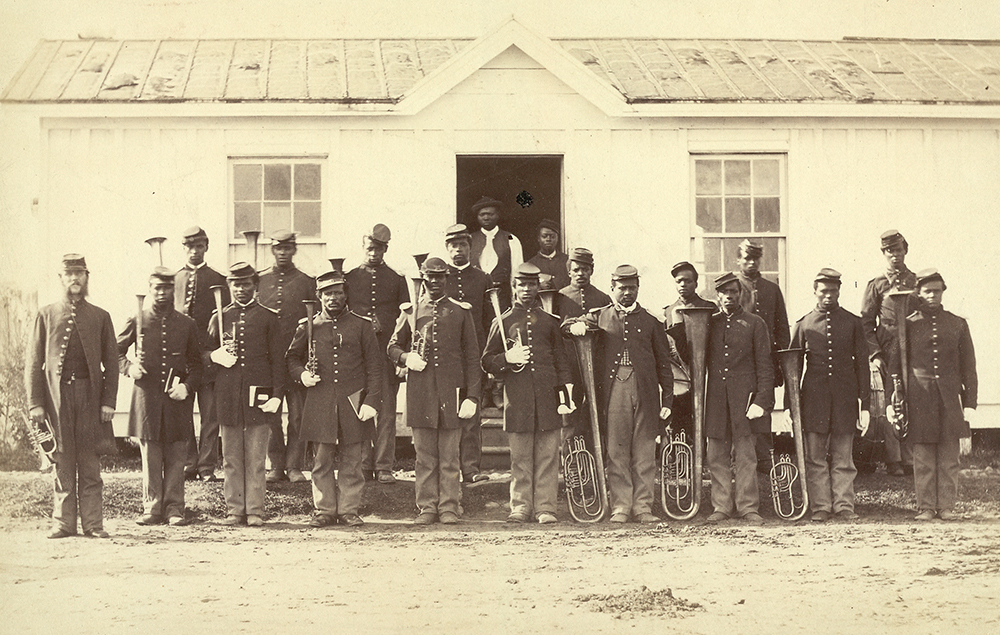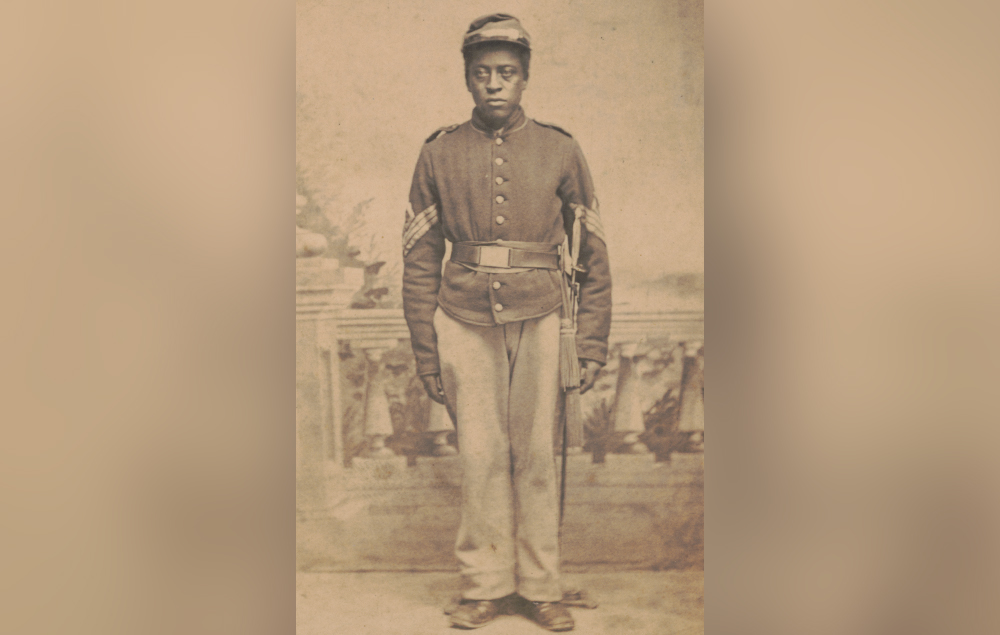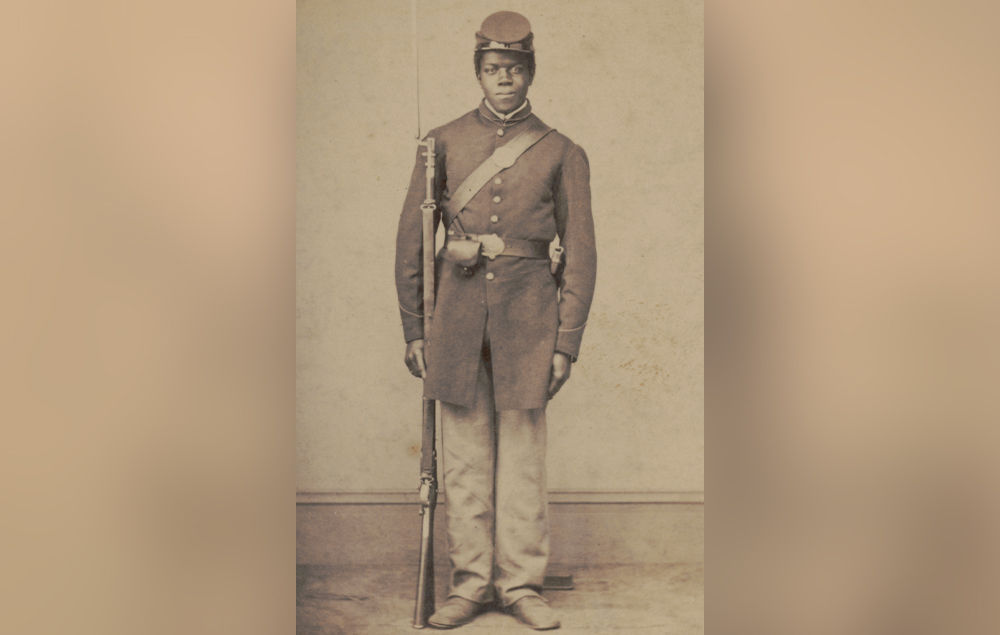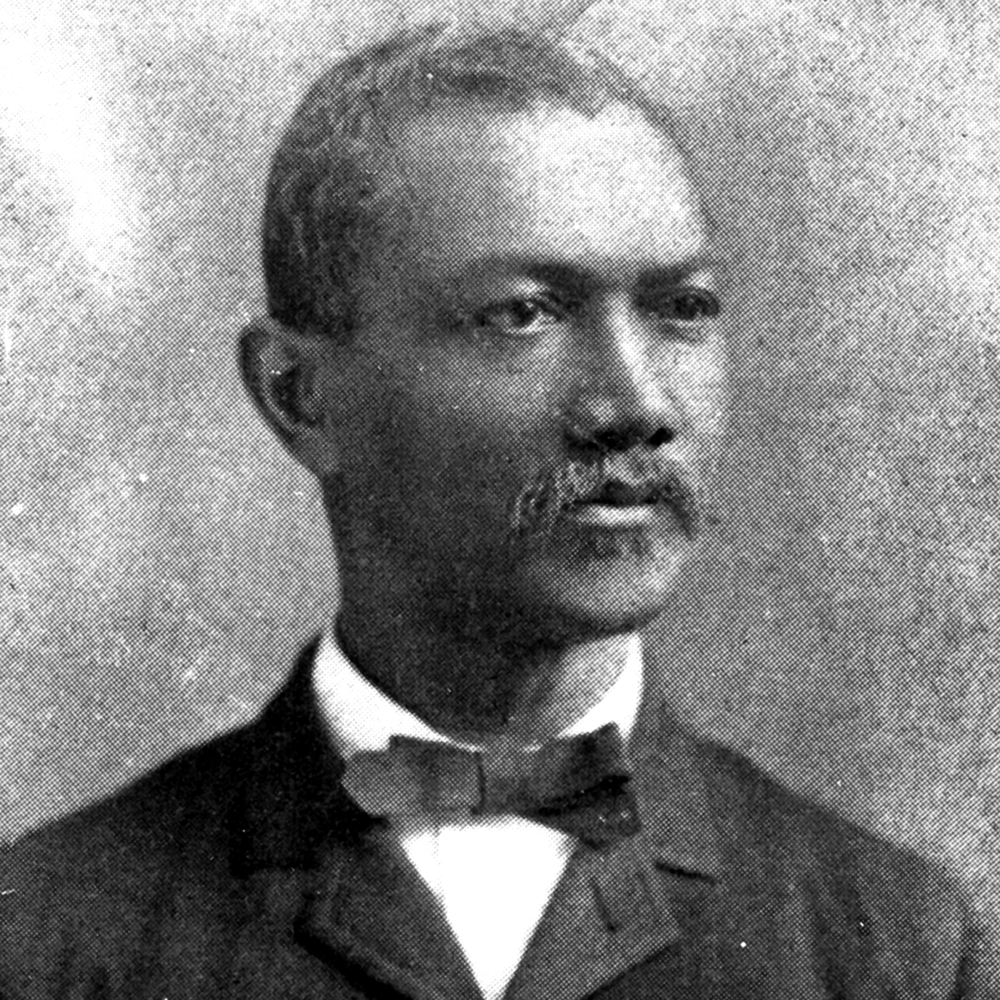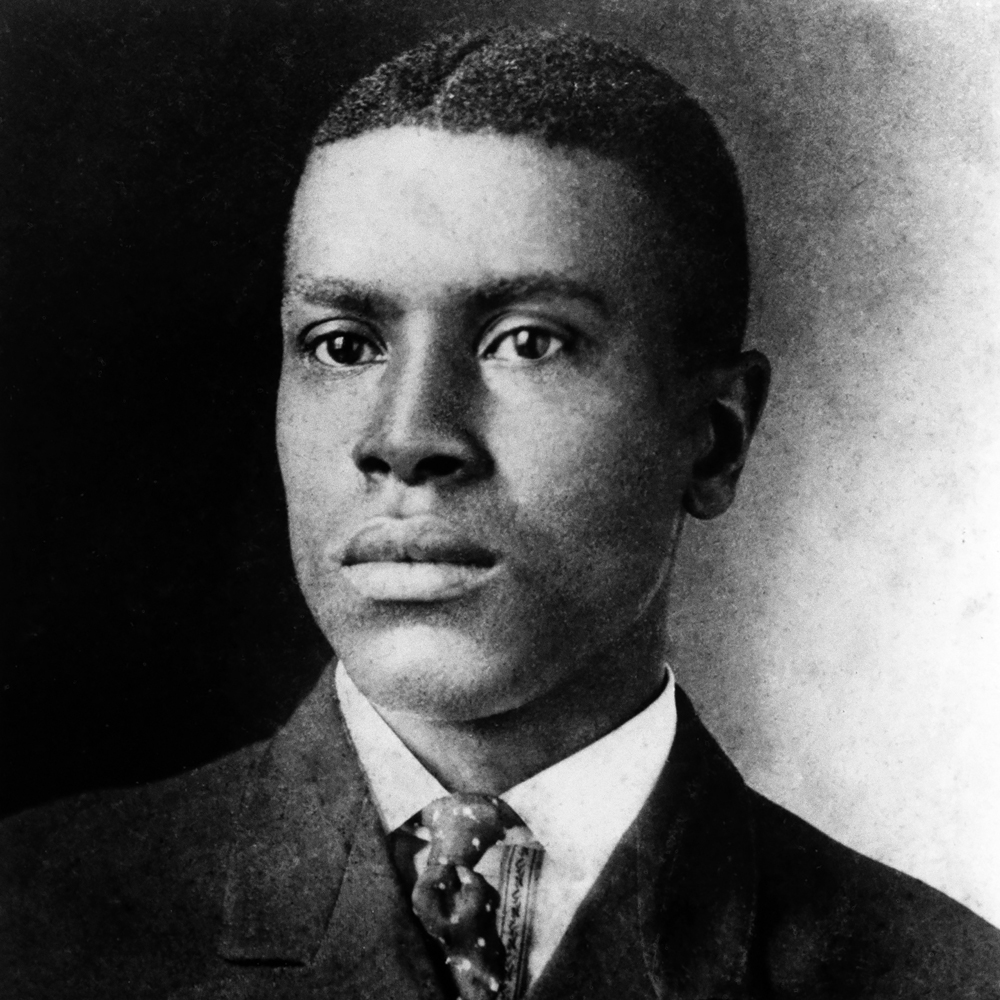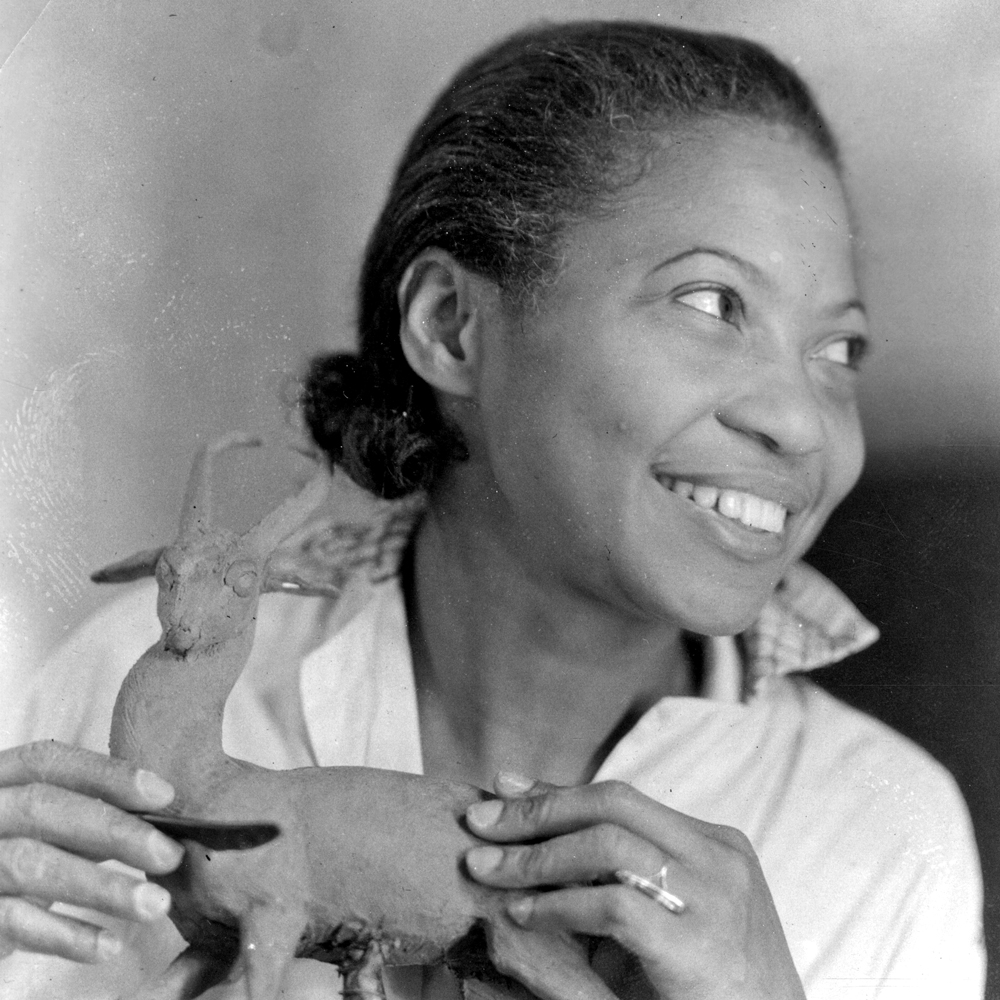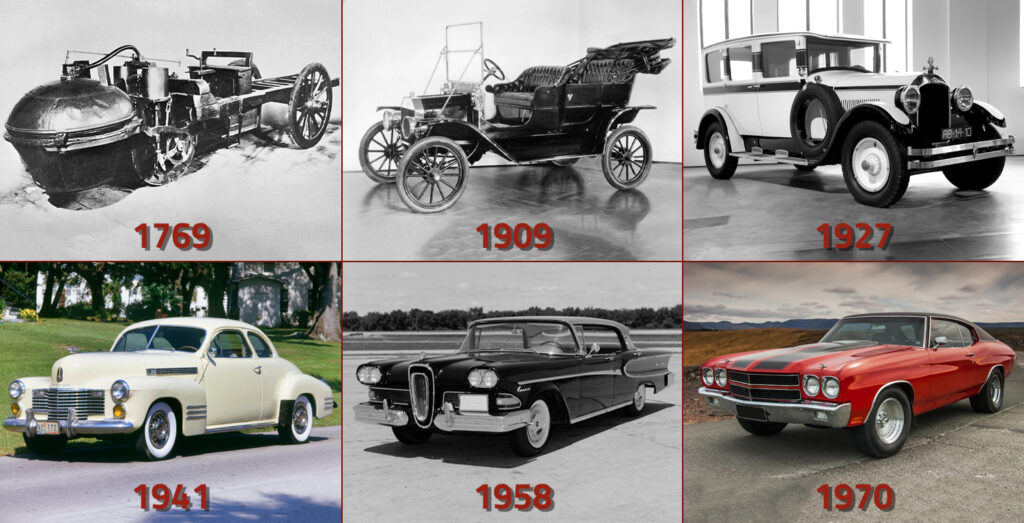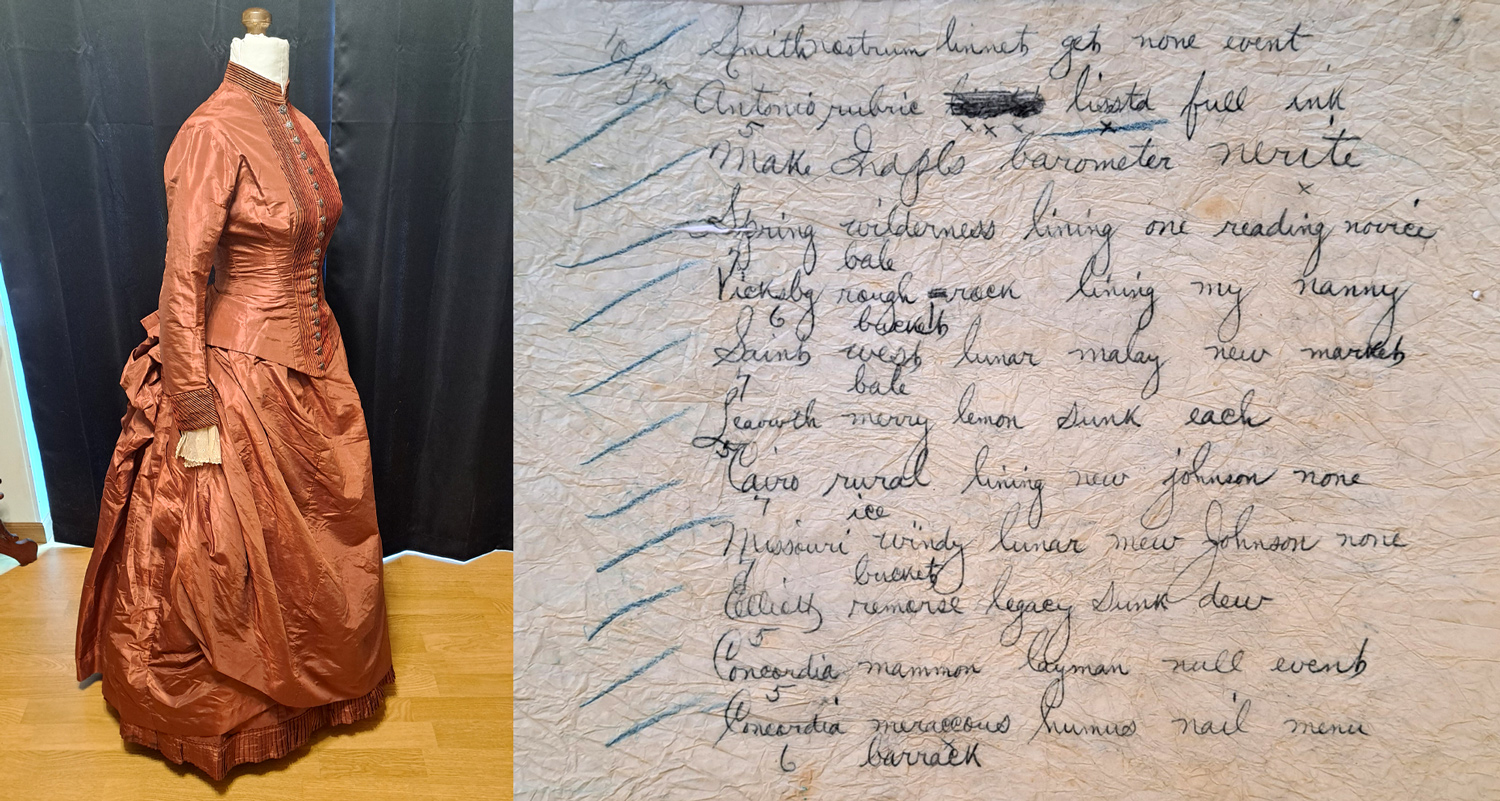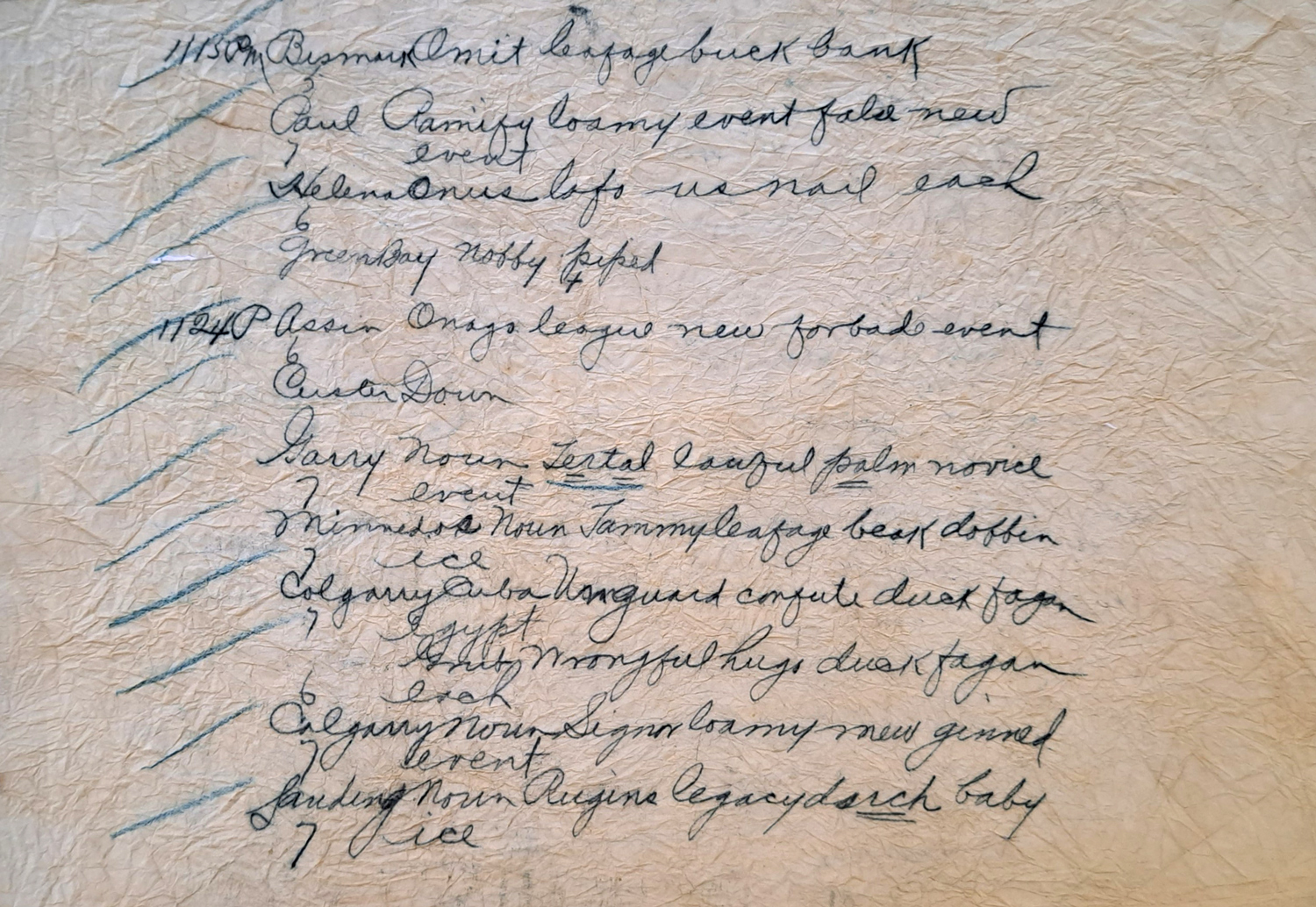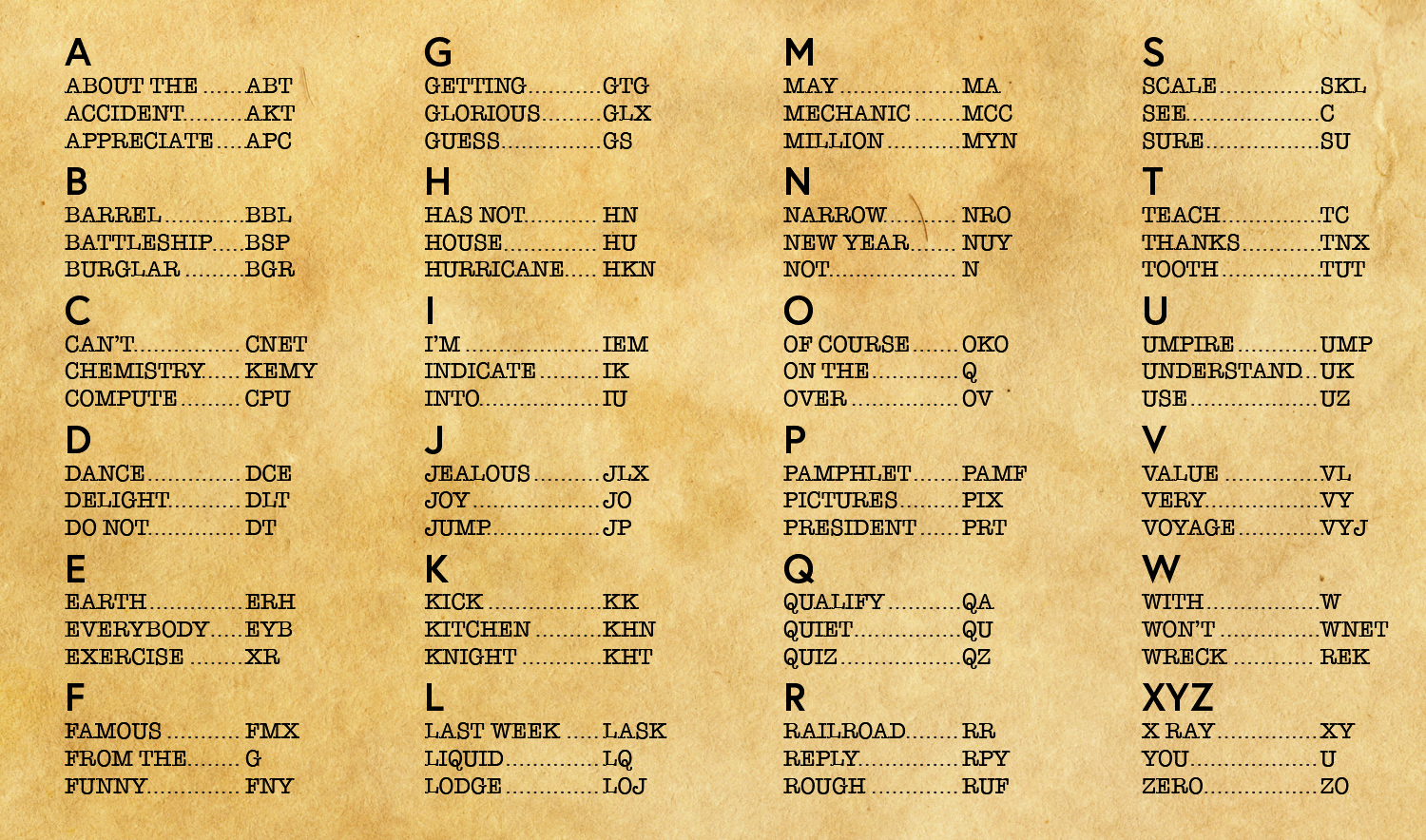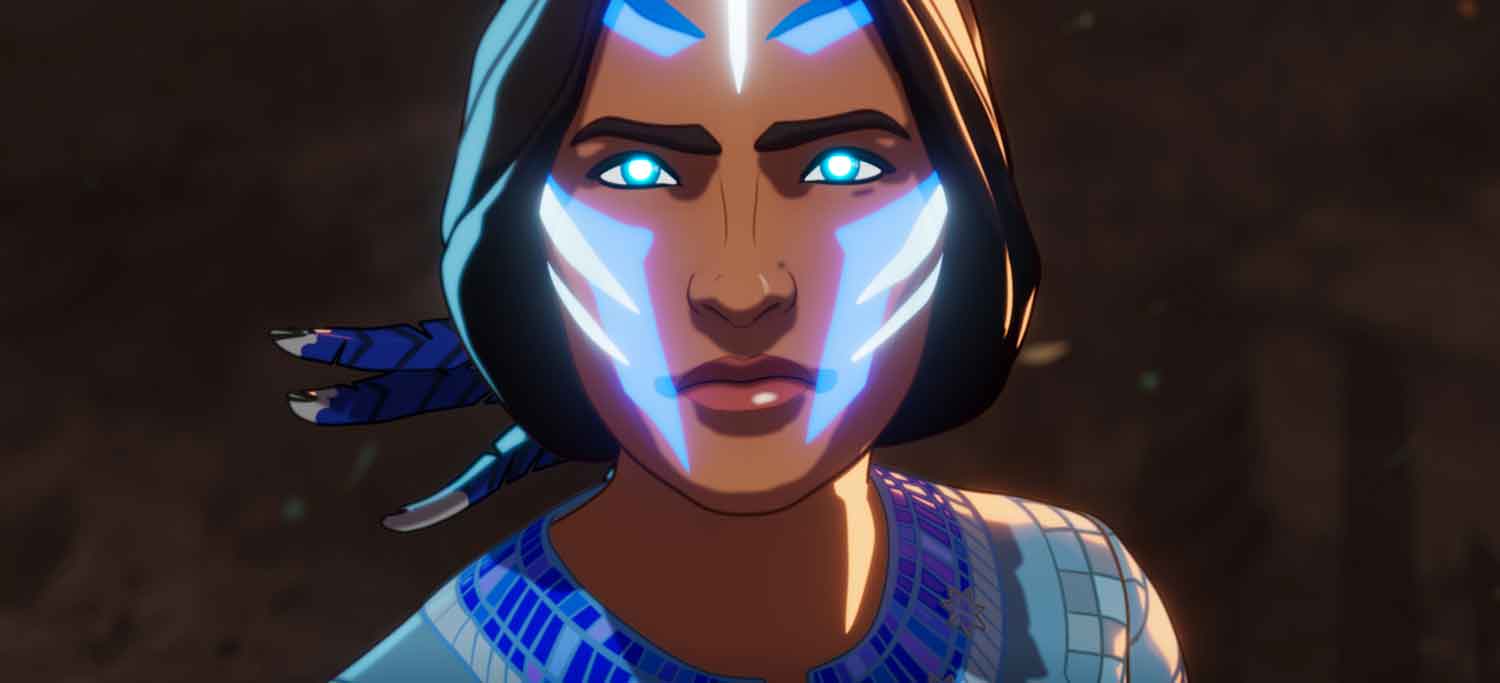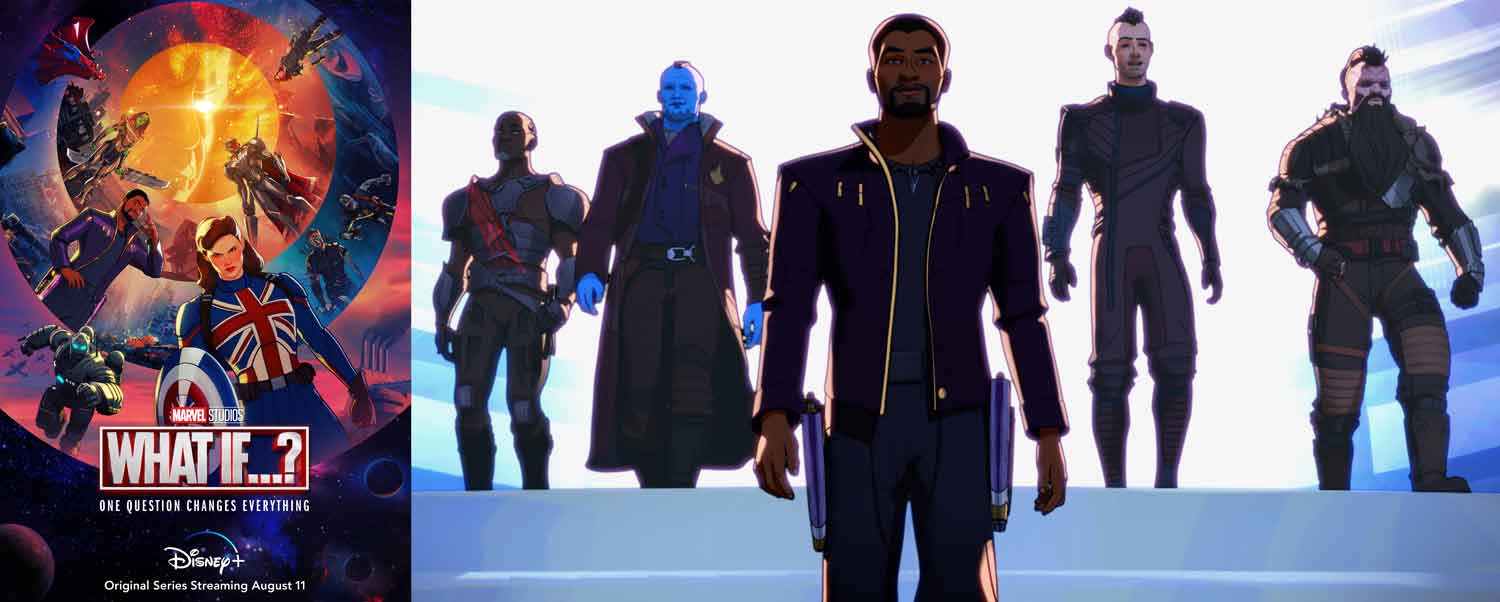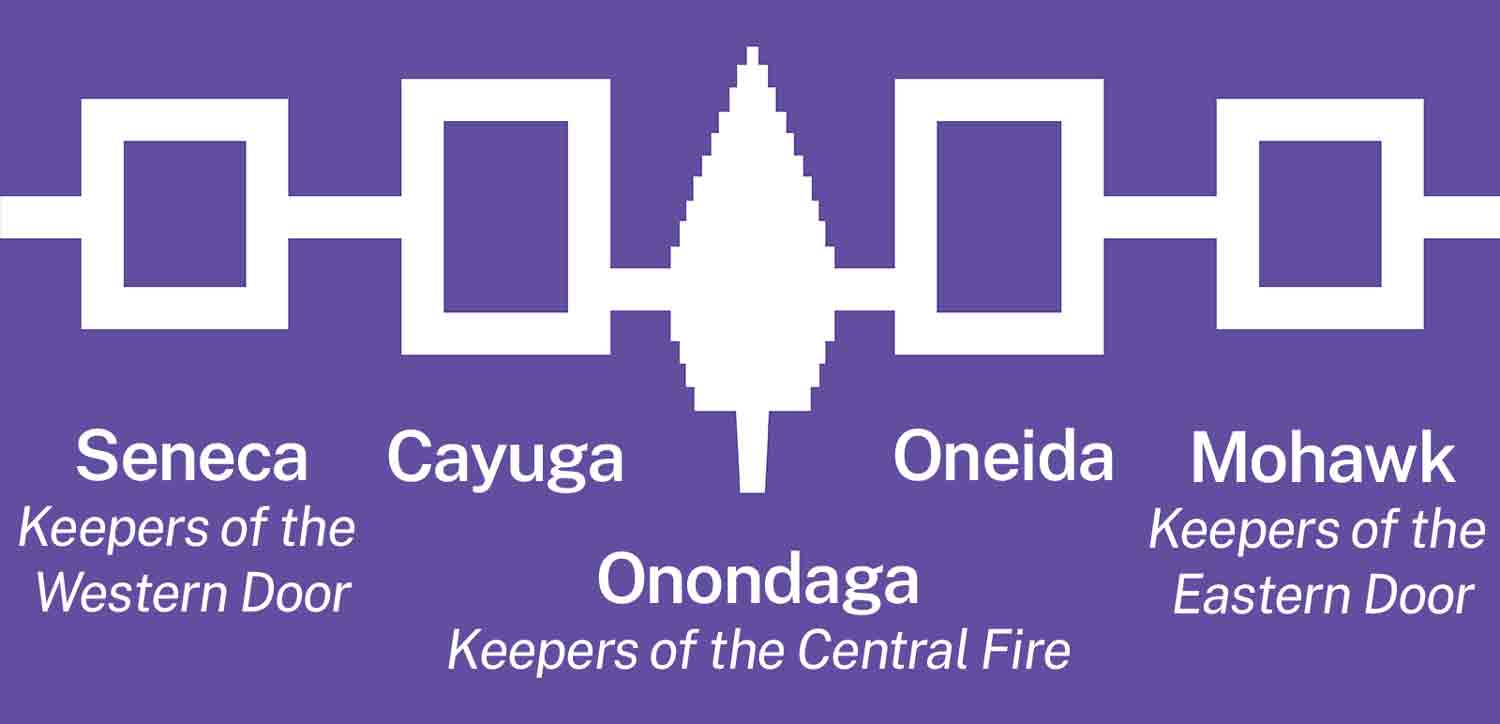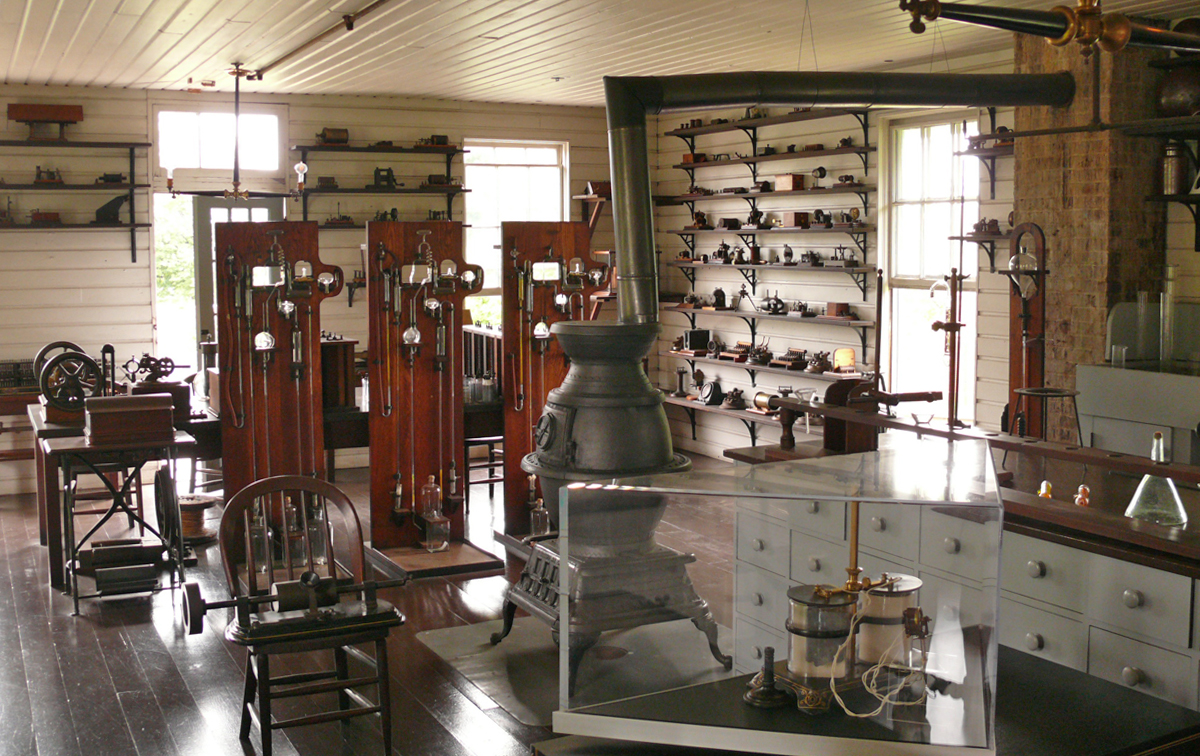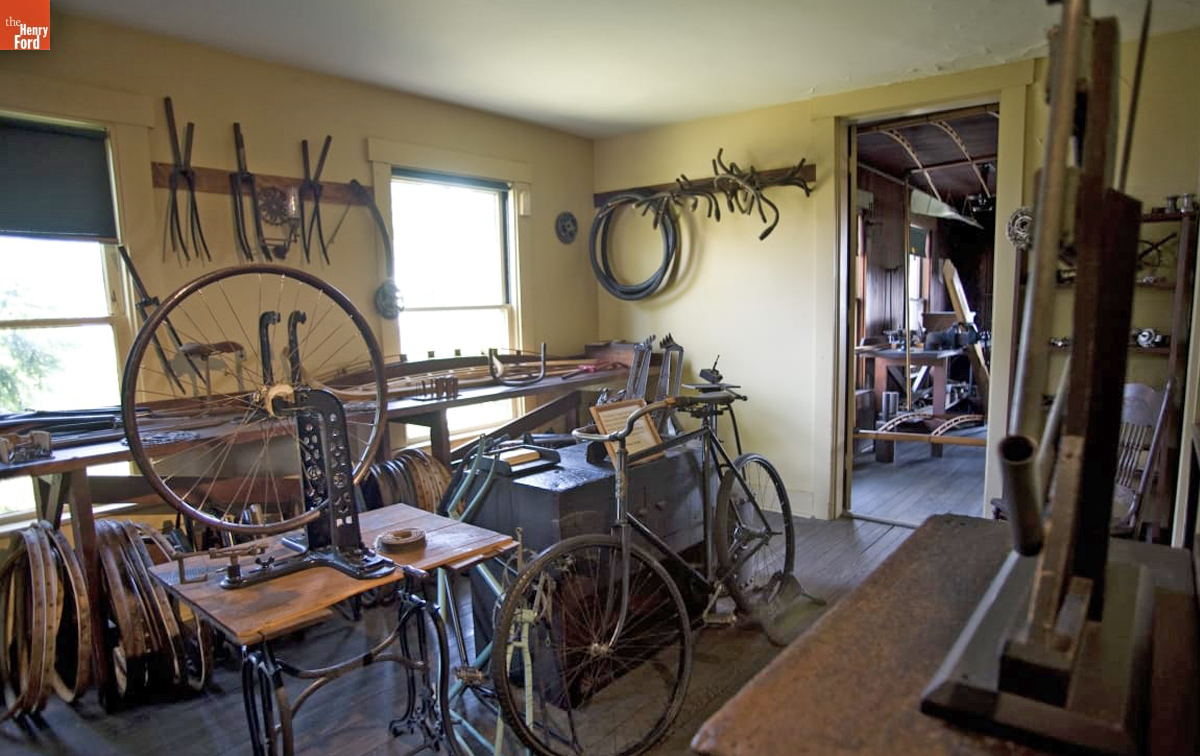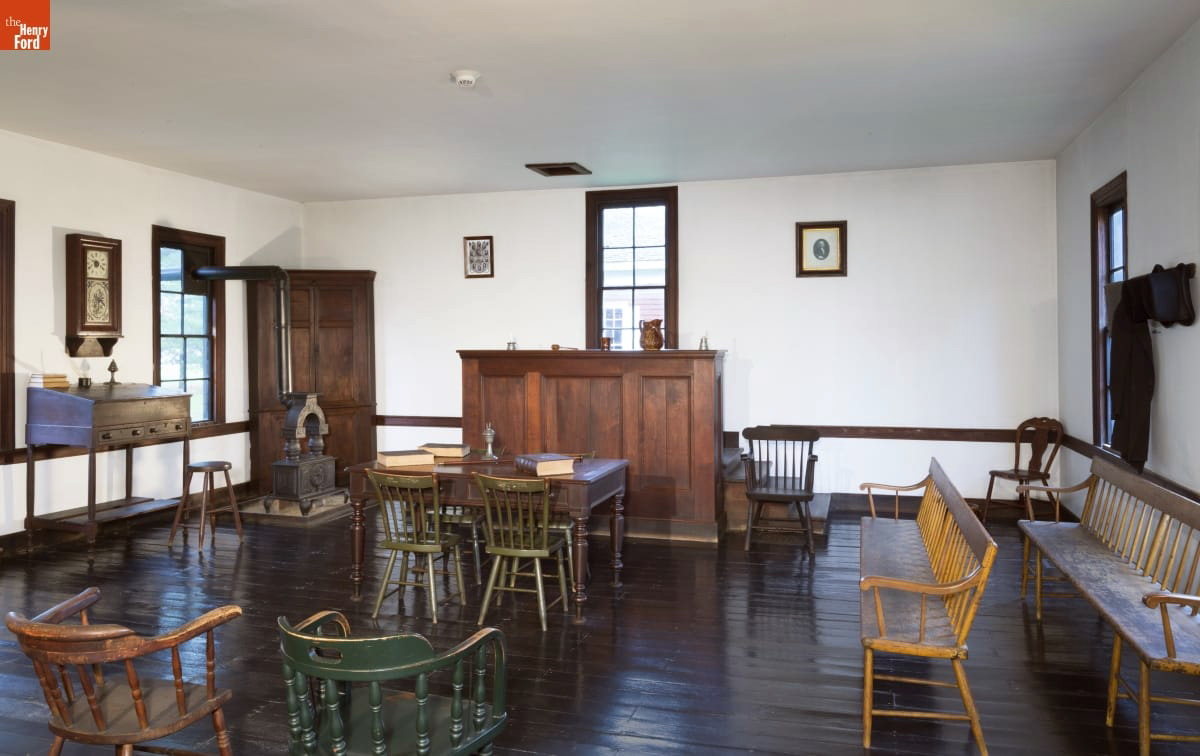Google’s New Video Tool



If you’re interested in making videos simply by typing a text prompt, Google may soon have just the tool for you. It’s called Google Lumiere.
Lumiere uses artificial intelligence (AI) to generate videos based on a written description. A promotional video shows a text prompt reading, “Astronaut on the planet Mars making a detour around his base.” The resulting video shows a person in a space suit walking around the Red Planet. A prompt asking for a dog in sunglasses driving a car leads to a video showing a dog in sunglasses driving a car. These aren’t existing videos that Google found. They’re generated by AI, so the possibilities are endless.
Google isn’t the first company to develop this sort of technology. Many other companies have text-to-image creators, and a few have developed text-to-video generators like Lumiere. But many people who have watched Lumiere video clips report that, while Google’s product isn’t perfect, it creates the most realistic AI videos yet.



Omer Bar-Tal (Google Research, Weizmann Institute), Hila Chefer (Google Research, Tel-Aviv University), Omer Tov (Google Research), et al. “Lumiere: A Space-Time Diffusion Model for Video Generation.” 2024.
Three examples of Google’s text-to-video technology.
Lumiere has many additional capabilities. Users can turn images into videos, or just animate one part of an image. They can also edit existing videos and even repair damaged videos or fill in parts of a video that are missing.
As of February 2024, Lumiere was not yet available to use. But based on the video clips that Google has released, it’s easy to imagine what could be created in the future.
Did You Know?
In a 2023 study, people looked at images of real human faces and AI-generated human faces. The AI faces often fooled the test subjects, who believed they were real.
Try to guess if the faces below are real or AI-generated. Then hover over each one to see if you’re correct.
HUMAN
AI
HUMAN
AI
AI
HUMAN
AI
HUMAN
AI
© Tyler Olson/stock.adobe.com, © Leland Bobbe—DigitalVision/Getty Images, © Wavebreakmedia Ltd, Hel080808/Dreamstime.com, Sophie Nightingale
Fake or Not?

© Featureflash, Donfiore/Dreamstime.com, © Hilch/Shutterstock.com; Photo illustration Encyclopædia Britannica, Inc.
AI technology can make it look like a dog is driving a car. So it makes sense that AI can also make it look like a famous person is saying something they never said.
A deepfake is an AI-generated image or video created to trick viewers into thinking that something happened that never did. One example is the creation of a social media video in which a celebrity appears to endorse, or recommend, a product that’s for sale. While celebrities sometimes make ads, deepfakes are different. They’re usually created without the celebrity’s knowledge or permission—and they’re not real.
Deepfakes are cause for concern because they could be used in harmful ways. For example, a person running for political office could manipulate the public’s trust by using the technology to make a video of their opponent saying something offensive.
Many people are calling on lawmakers to put limits on the use of deepfake technology.
Movie Magic
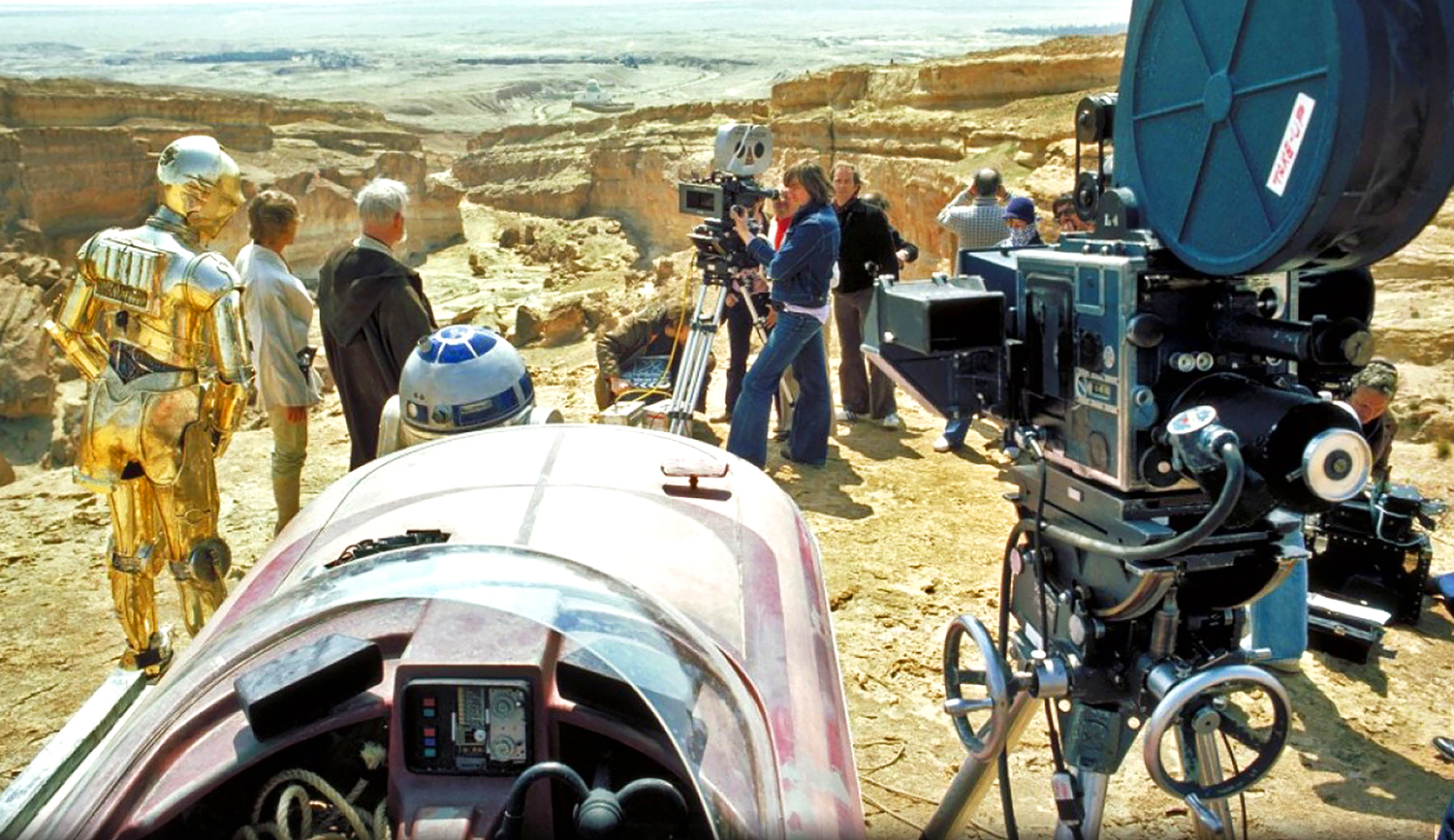
Before there were online videos, there were movies. You can learn about filmmaking at Britannica!
WORD OF THE DAY
fabricate
verb

Wordrow
See if you can figure out the word. Type your guess. If a letter circle turns green, it is in the right place. If a letter circle turns gold, the letter is somewhere in the word, but it’s in the wrong place. All other letters are not part of the word.

